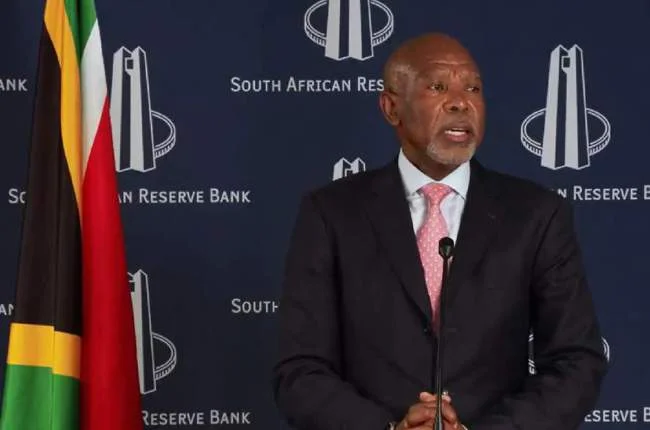South Africa has significantly lowered its inflation target. The government announced on Wednesday that the new target will be 3 percent, marking the first such adjustment in a quarter-century.
Finance Minister Enoch Godongwana stated this move is expected to decrease inflation expectations over time, creating space for lower interest rates.
Minister Godongwana revealed the change during the mid-year budget review. The new 3 percent target replaces the nation’s previous range of 3 percent to 6 percent.
The shift follows the central bank governor’s statement in July, indicating the bank’s intent to focus on the lower bound of the previous range.
New Target with Flexibility
The Finance Minister confirmed that the target is immediately changing to 3 percent. It will include a 1 percentage point tolerance band on either side.
However, he clarified that the new target will be implemented over a two-year period. This suggests that the central bank will have some initial flexibility in meeting the target. It also allows time for economic actors, such as businesses and trade unions, to adjust to the new goal.
A joint statement from the central bank and the finance ministry confirmed the tolerance band will provide flexibility. This is intended to accommodate any unexpected economic or inflationary shocks.
Advocates and Market Reaction
Central bank governor Lesetja Kganyago has long championed lowering the inflation target. He argued that the former range was uncompetitive and did not align with the standards of international peers.
An analyst for a major investment manager suggested the adjustment emphasizes the government’s commitment to economic reform. The change is also expected to give the central bank room to ease interest rates at its next policy meeting, scheduled for the following week.
The adjustment is anticipated to have mixed financial effects in the short term. While it may restrict economic growth and revenue collection initially, it is also expected to lower debt repayment costs.
Fiscal Outlook
The financial markets reacted positively to the announcement. The rand strengthened against the dollar, extending its gains. South Africa’s longer-dated international bonds also appreciated, with the 2046 maturity rising in value.
The budget review presented by the Treasury forecasted a slightly smaller consolidated budget deficit for the current fiscal year, predicting 4.7 percent of Gross Domestic Product (GDP). This is an improvement from the 4.8 percent forecast estimated in May.
However, the nation’s debt to GDP ratio is now expected to stabilize at 77.9 percent this fiscal year, which is higher than the 77.4 percent estimated in May. Additionally, the Treasury revised its economic growth estimates downwards for the current year (to 1.2% from 1.4%) and for the next year (to 1.5% from 1.6%).























